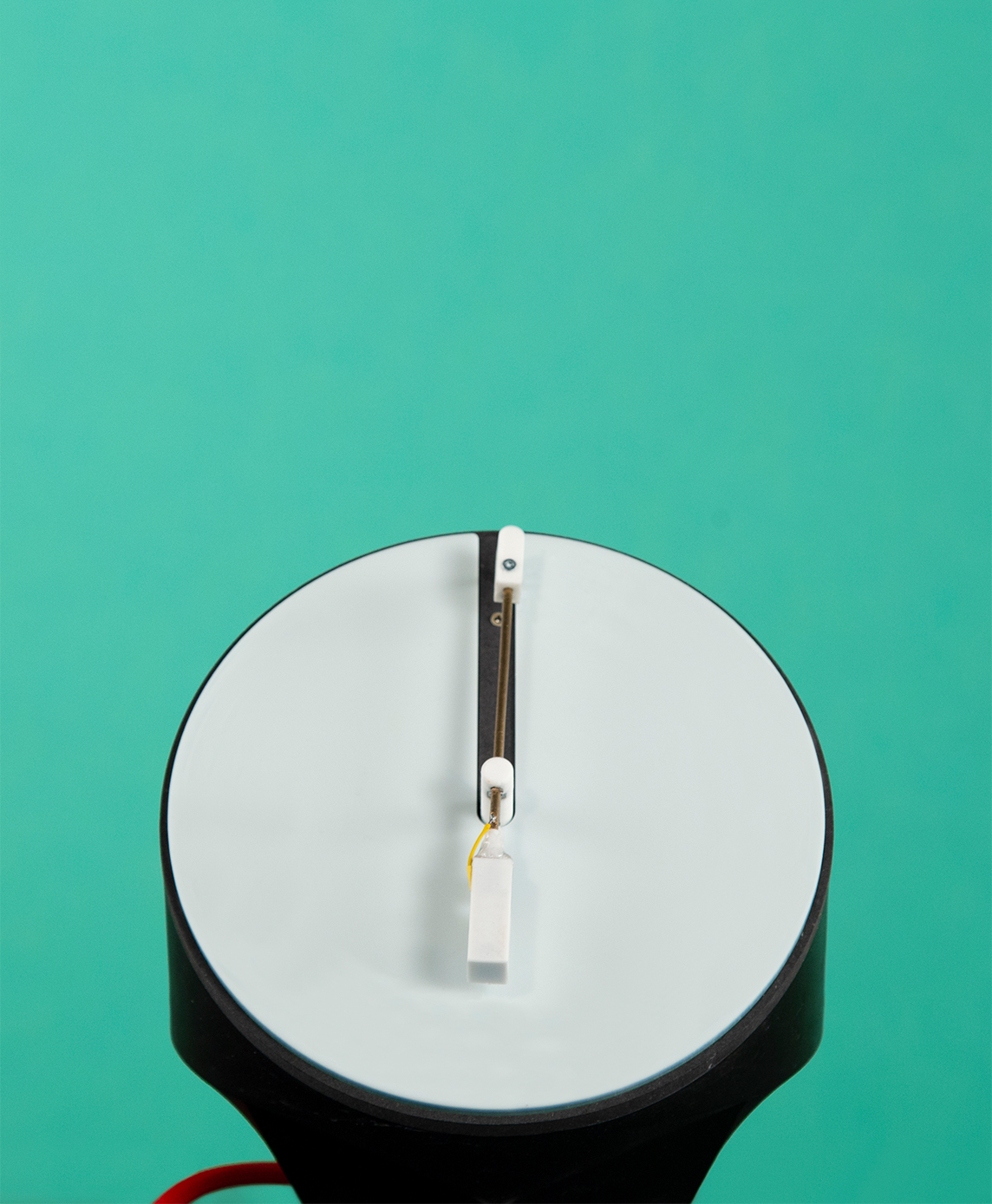
Photo : EPFL+ECAL Lab
Time flow is supposed to be constant, it is a measure. Every second, minute and hour has more or less the same duration on the time scale. However it is also relative, depending on the space for example, and personal. Everyone experiences time differently; time will seem longer during a boring experience, while shorter during an exiting one. Through its representation (watch, clock, …) time flows with the same immuable and impassive speed, without taking account our personal and daily experience of its flow. Time Per Beats aims to represent time as perceived by the user, not its conventional flow.
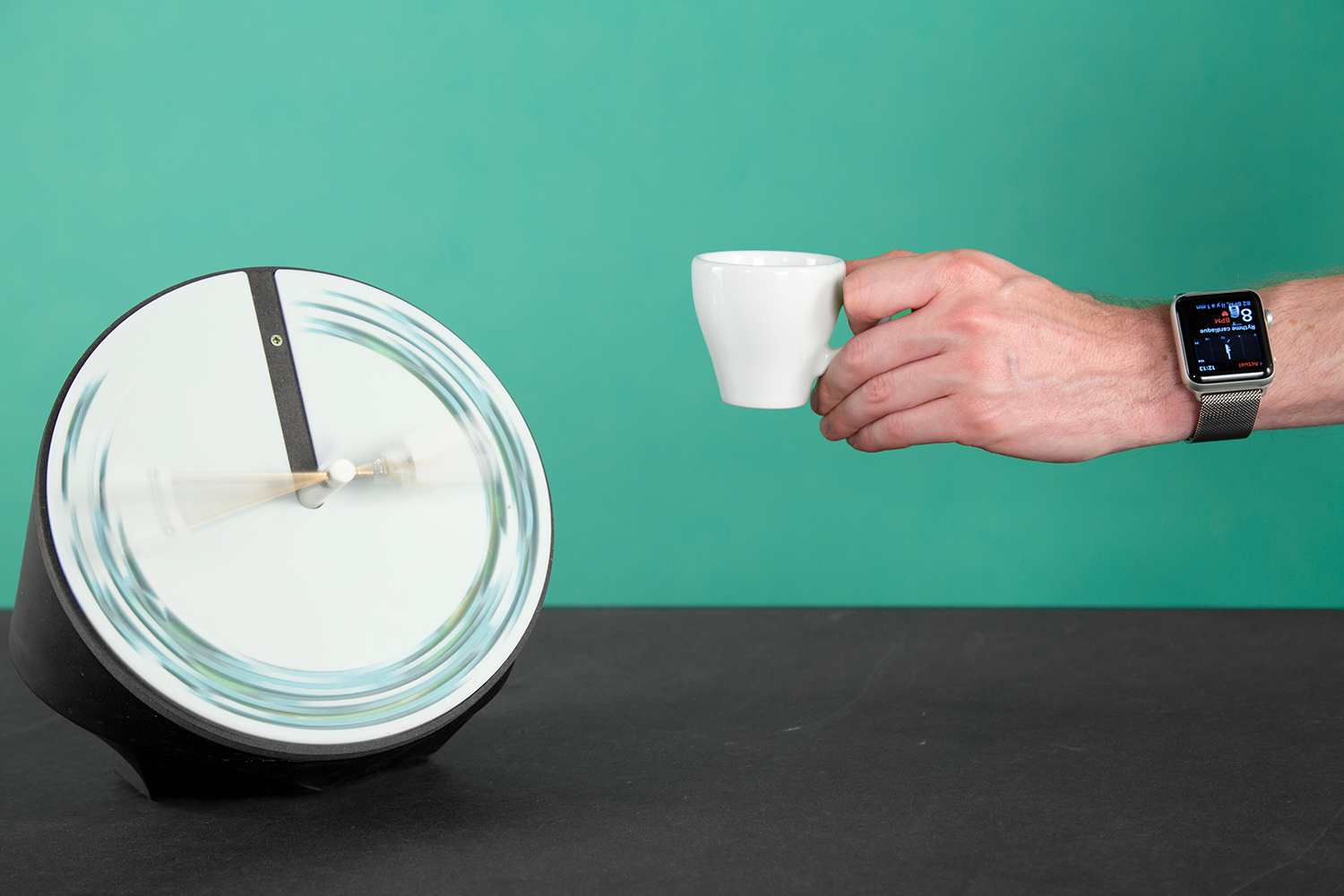
Photo : EPFL+ECAL Lab
Connected to an Apple watch, Time Per Beats receive user’s bio datas, such as heart rate, and uses them to calculate the clock hand’s advance. Thereby, when the user experienced an exiting day, the clock hand final position will be more advanced than if it was a boring day : if 360 ° represents 24 “hours”, 0.25 ° represents 1 “minute”. If we decide that the standard value is 100BPM (beat per minute) to travel this 0.25 ° in 1 minute, at 85BPM, it will take more than a minute to travel this same 0.25 °.
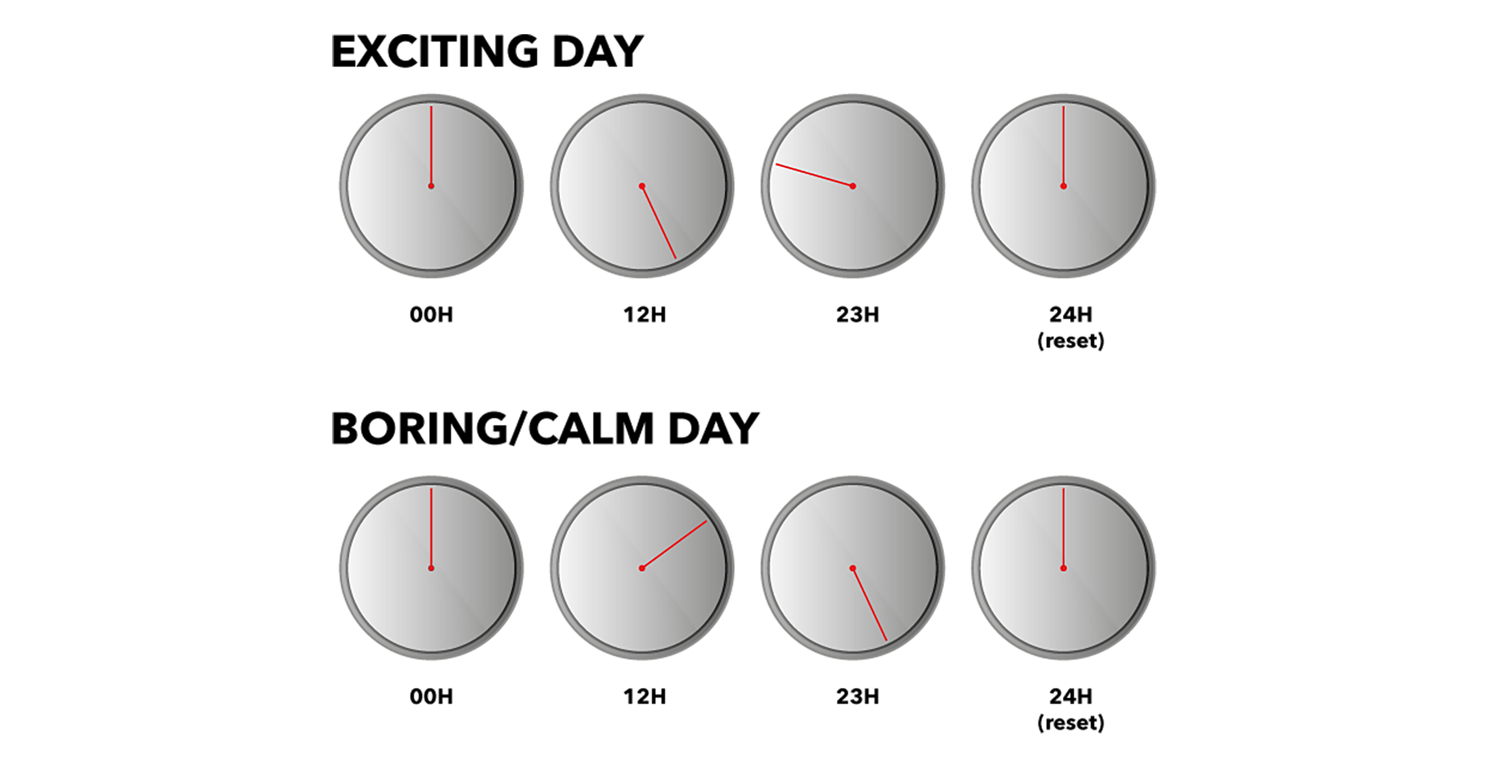
In order to represent the different active or passive moments of a day, the clock hand leaves a trace of its passage on the dial. To do this, the hand vibrates at the user’s bpm frequency. The dial under the hand is made up of a series of thin layers of resin of different colors. By force of friction, the needle will gradually dig the different layers, revealing the color, and representing the length of the moment experienced. The idea is that the passage of this needle cannot be erased, and that it will be intensified with use.
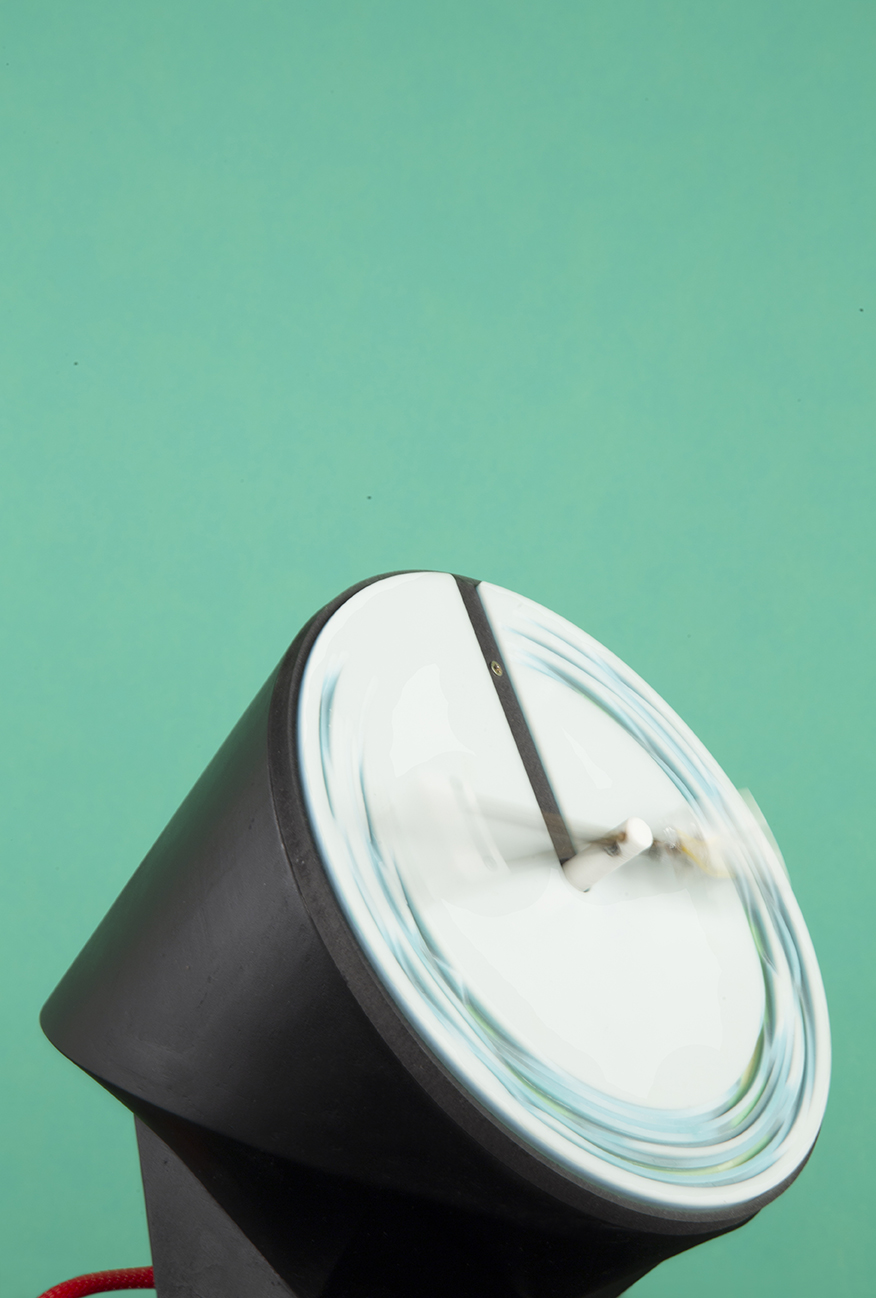
Photo: EPFL+ECAL Lab
Based on four steppers and a reduction DC motor, the mechanism makes it possible to manage the three movements of the arm necessary to make the different traces: depth of the trace, movement of the clock hand and creation of concentric traces on the dial. An Arduino and two shields (BLE and motor) complete the package. Designed in 3D printing and CNC, the technical unit is formed by a block nested in the back shell of the object, facilitating its disassembly and maintenance.
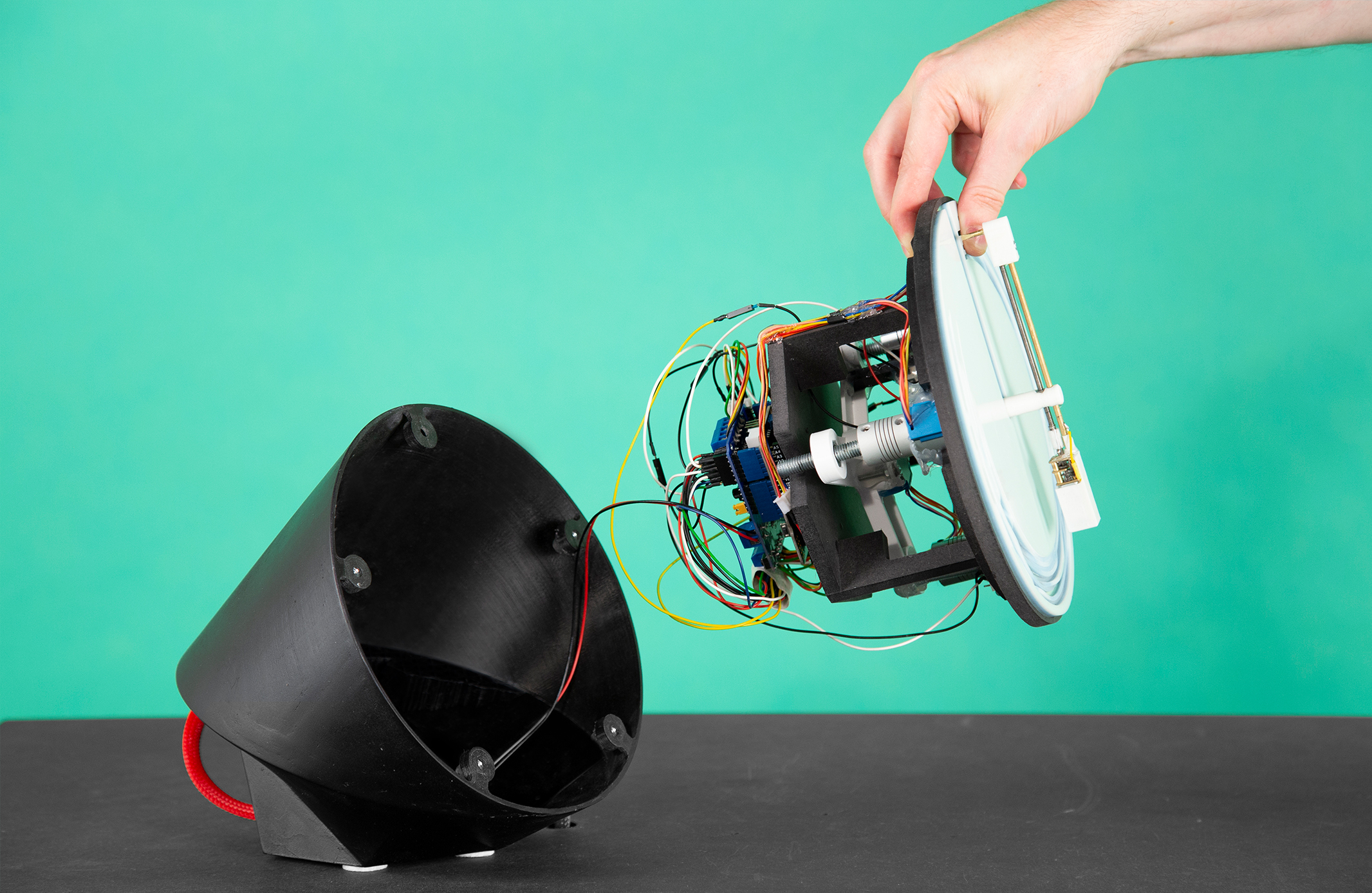
Photo : EPFL+ECAL Lab
Time Per Beats is connected to a smartphone application for the user to be able to control the clock, and receive a feedback if he is not around.
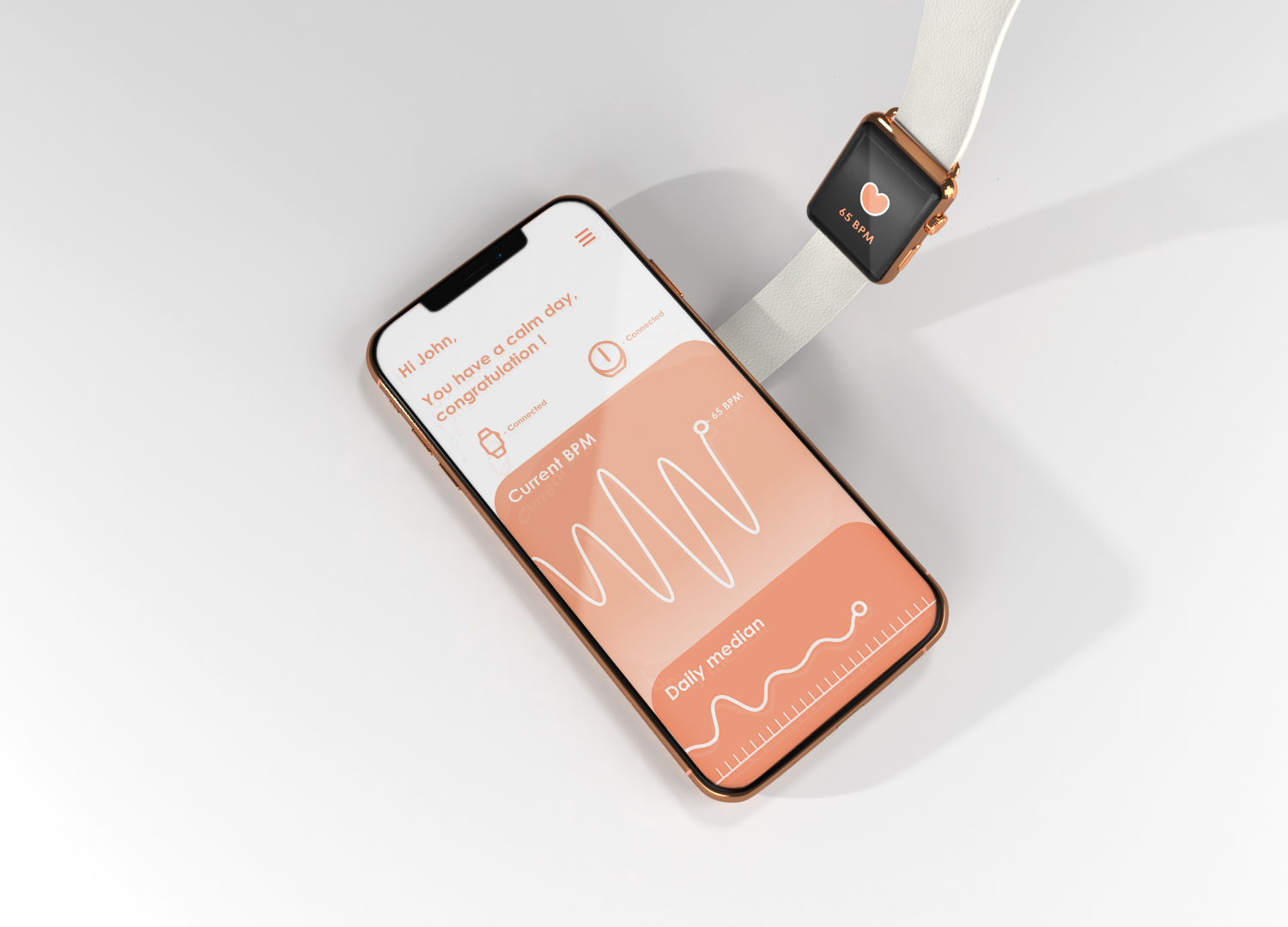
Illustration 3D: Yoann Douillet
Time Per Beats
Time perception is personal.
Time Per Beats represents its user’s unique one.
Date
2019
Made at
EPFL+ECAL Lab